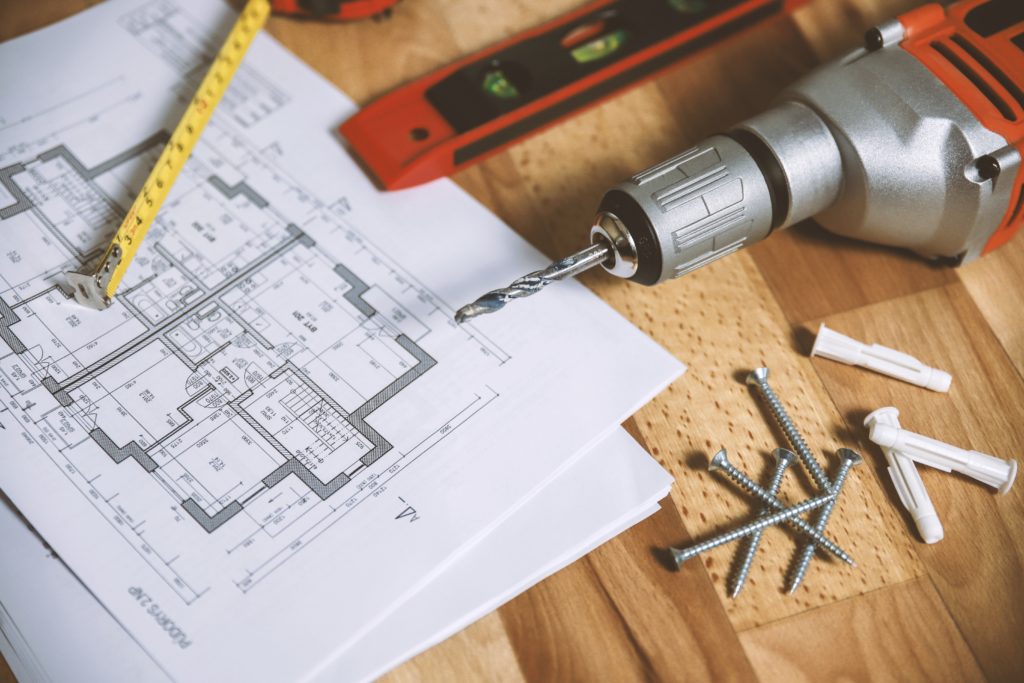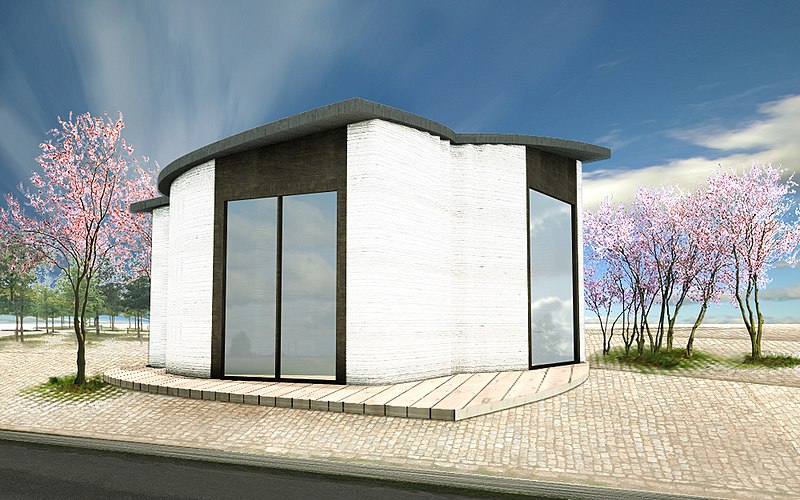As our technology advances, so do our imaginations. The limits of what we can do slowly get pushed further and further back, making room for new ideas and innovations. One of these ideas is 3D printing — the ability to print three-dimensional objects anywhere there’s a 3D printer, using materials ranging from plastic to certain kinds of metal.
This technology has opened doors for many different industries. One of these sectors is housing and construction. 3D printing can make things easier on companies and homeowners alike, and it provides a potentially environmentally friendlier alternative. With 3D printing, we’ve started creating more sustainable housing with many different creative avenues available to us.
Material Options
Manufacturers can choose various types of sustainable and environmentally-friendly materials. While plastic is most common for 3D printing, we can also use natural materials like water-based ones. Though even if we just use the plastic option, it’s still more sustainable than ordinary plastic.
The two plastics used in 3D printing are ABS and PLA. ABS is a petroleum-based material, but it can be reused in 3D printers, which is done with regularity. PLA is made from plants and is the more sustainable option, despite both of them being more useful than normal construction materials.
One of the biggest contributions 3D printing has made to the housing industry is flooring. It may be possible to use vinyl, ceramic and linoleum to 3D print flooring tiles. In the future, builders could even print out rubber floors, and rubber flooring is a very sustainable option. The rubber is gathered from Hevea trees, which are not harmed in the extraction process.
Examples of 3D Printing in Construction
3D printing in the construction industry isn’t a new prospect. Though 3D printing was first created in the 1980s, we started using the technology in construction in the 1990s. We’ve become more experienced with this practice since the early days, and the partnership between construction and 3D printing is in the process of taking off more widely. In fact, large-scale mobile printers are even now being used in construction projects across the globe.
One Dutch university, the Eindhoven University of Technology, showed the world two practical applications for using 3D printers in sustainable architecture and housing. In 2017, the University constructed the first 3D printed bridge, which was subsequently opened to pedestrians and cyclists. This was an important milestone in learning to print on-site with load-bearing materials. It also demonstrated that 3D printed structures use less concrete than traditional construction.
Bringing this concept to housing is the next step for Eindhoven University. Their follow-up project to the bridge is a small community of modest but charming 3D printed homes in Meerhoven. They call the endeavor the “world’s first 3D printed commercial housing project.” The group says the first of the homes, a three-bedroom, single-story bungalow, will be move-in-ready by the end of 2019. Additional multi-level homes will follow.
Not to be outdone, an American nonprofit called New Story and a construction tech company called Icon broke ground on their own projects, which they claim to be “first permitted 3D-printed home in America.” The house is just 350 square feet, putting it in a similar class as “tiny homes.” The companies say future projects will be cost-effective and lead to affordable homes.
Apart from using less structural raw material in the build phase, 3D printed homes also reportedly generate up to 30% less waste and substantially reduce the carbon footprint associated with manufacturing and trucking stacks of sheetrock and bundles of two-by-fours from manufacturing plants to build sites.
Toward the Future
While our achievements have been incredible, we still have a long way to go. Creating large numbers of houses with 3D printers is a sustainability dream, and we’ll need even more pioneers in this space going forward. 3D printers in construction are already a practical reality, but as more time passes and our technology advances further, we’ll get more ideas and find even better ways to use a 3D printer for the betterment of sustainable living.
Join the discussion of this and other 3D printing topics at 3DPrintBoard.com.
Subscribe to Our Email Newsletter
Stay up-to-date on all the latest news from the 3D printing industry and receive information and offers from third party vendors.
You May Also Like
3D Printing Webinar and Event Roundup: April 21, 2024
It’s another busy week of webinars and events, starting with Hannover Messe in Germany and continuing with Metalcasting Congress, Chinaplas, TechBlick’s Innovation Festival, and more. Stratasys continues its advanced training...
3D Printing Webinar and Event Roundup: March 30, 2024
Things are slowing down a little this week, but there are still several interesting 3D printing webinars and events for you to attend. Read on for all the details! 3D...
3DPOD Episode 191: Amy Alexander, 3D Printing at the Mayo Clinic
Amy Alexander leads the 3D printing initiatives at the Mayo Clinic. You’ll be astounded by the ambitious plans this hospital has for additive manufacturing. In this episode of the 3DPOD,...
3D Printing Webinar and Event Roundup: March 3, 2024
In this week’s roundup, we have a lot of events taking place, including SPE’s ANTEC 2024, Futurebuild, the AAOP Annual Meeting, JEC World, and more. Stratasys continues its training courses,...


































